(NASCAR Wire Service)
Reid Spencer ~ NASCAR Wire Service
KANSAS CITY, Kan. – After opening Friday’s final NASCAR Sprint Cup Series practice at Kansas Speedway with a mock qualifying run, Jimmie Johnson brought his No. 48 Chevrolet to the garage with smoke billowing from the cowling between the hood and windshield.
Visually, Johnson’s problem was reminiscent of the issue Hendrick Motorsports teammate Kasey Kahne experienced at Phoenix in the fourth race weekend of the season, except that Kahne’s was much more severe and prolonged.
“It appears the No. 48 got into a similar condition that the No. 5 (Kahne) got into at Phoenix; and when it did that, it pumped some oil up into the intake manifold, and that’s where the smoke came from,” explained Hendrick Motorsports general manager Doug Duchardt.
But Johnson’s crew chief, Chad Knaus, opted not to change the engine in the No. 48 prior to Saturday night’s race (7:30 p.m. ET on FS1), a decision supported by the HMS engine operations brain trust.
“Based on the experience we had with Kasey’s engine in Phoenix, we felt comfortable checking the engine over, running it, getting the oil out of the top of the engine, and sending him back out,” Duchardt said.
“Jimmie went back out during practice. We will continue to monitor, and we have no plans on changing the engine at this time.”
In fact, after Johnson ran the engine in the garage for more than two minutes, with smoke pouring out of the exhaust as the oil burned off, he returned to the track and improved from 14th to fourth in qualifying trim during one of the final runs of Happy Hour.
With three victories, three poles and 16 top 10s in 19 starts at Kansas, Johnson is one of the pre-race favorites in Saturday’s Go Bowling 400.
KESELOWSKI PART OF “DESIGN TEAM” FOR NEW ALL-STAR RACE FORMAT
NASCAR and Charlotte Motor Speedway enlisted input from several NASCAR Sprint Cup Series drivers in devising a novel format for the NASCAR Sprint All-Star Race, scheduled for May 21 at the 1.5-mile track in Concord, N.C. (7 p.m. ET on FS1).
The result, announced on Friday, is a 113-lap event that features two 50-lap segments, each requiring a green-flag pit stop to change a minimum of two tires, and a closing 13-lap shootout that counts only green-flag laps.
A drawing before the final segment will determine whether the top nine, 10 or 11 cars will be required to come to pit road and change tires for the last run. Those cars with fresh rubber will line up behind the remaining cars, which must stay on track on old tires, which must have been changed in the second segment before Lap 85.
“Someone reached out to me and asked me … what we could do to make the race the best possible, and I put a little bit of thought into it,” Brad Keselowski said. “I know another group of drivers did as well, and we all kind of pitched in some ideas.”
Eligibility for the All-Star Race is limited to Sprint Cup race winners from 2015 and 2016 and to full-time drivers in 2016 who are previous winners of the event or former series champions.
In addition, three drivers will be added from the May 20 Sprint Showdown, which will be run in three segments. The winner of the first 20-lap portion of the race will qualify for the All-Star Race and will cease to compete in the Showdown from that point on.
The same goes for the winner of the second 20-lap segment. A 10-lap last-chance shootout will determine the third and final Showdown qualifier, with the winner advancing. The Sprint Fan vote will fill the field, with the top vote-getter making the All-Star Race.
If there are fewer than 20 drivers entered after the Fan Vote, the remaining spots will be filled by the next driver or drivers in the voting. Currently, there are 16 drivers eligible for the All-Star Race, including three-time series champion Tony Stewart, whose medical waiver for Chase for the NASCAR Sprint Cup eligibility also extends to the All-Star Race.
Perhaps the most unusual aspect of the new format, though, is the number of laps to be run in the final segment.
“I would like to take full credit for that, but I think probably more credit on that belongs to the speedway, of trying to come up with a number that would stand out and, for some reason, everyone keeps asking that question, ‘Why that number?’” Keselowski said. “And I think that’s great. That means they were right.
“It’s not like some devil-worshiping thing, I can promise you that, but when we looked at the number it would take for the driver to drive through the field in the scenarios that we played out, on average it was eight to 12 laps. If you make a mistake, it could take as much as 15 laps, so I think that’s kind of where the number came from. (It) was trying to fit in between that 10-to-15-lap range, and that was a unique number that hit it and could generate some interest.”

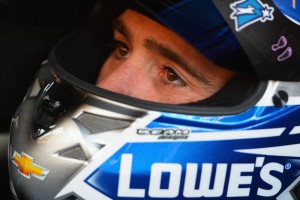






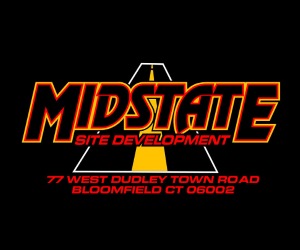


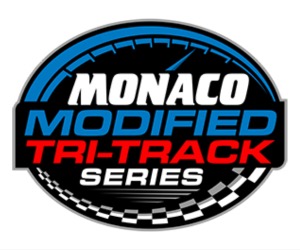
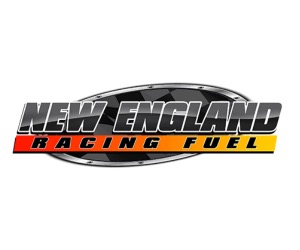
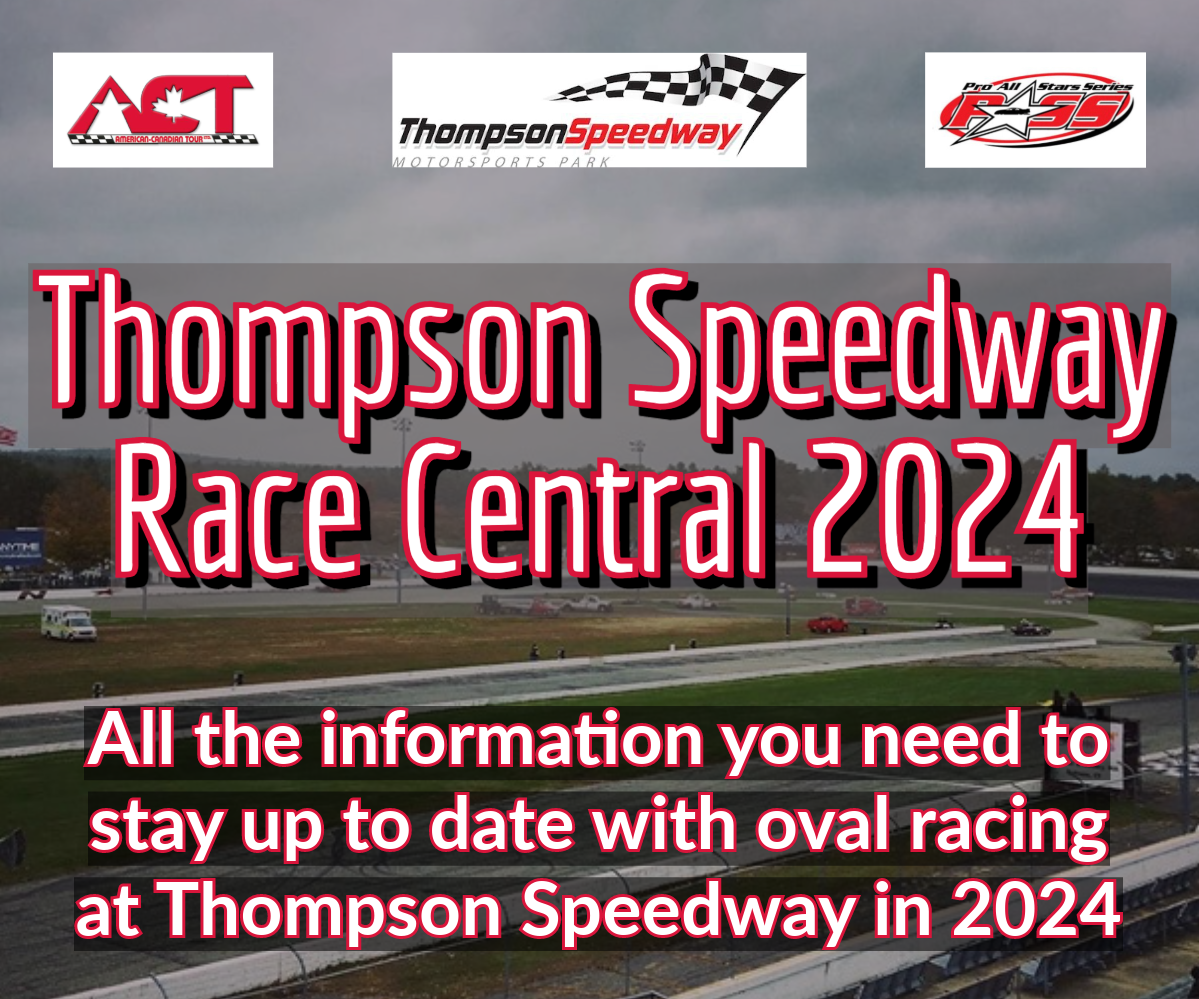


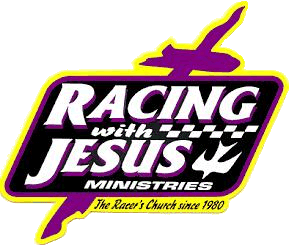



Leave a Reply